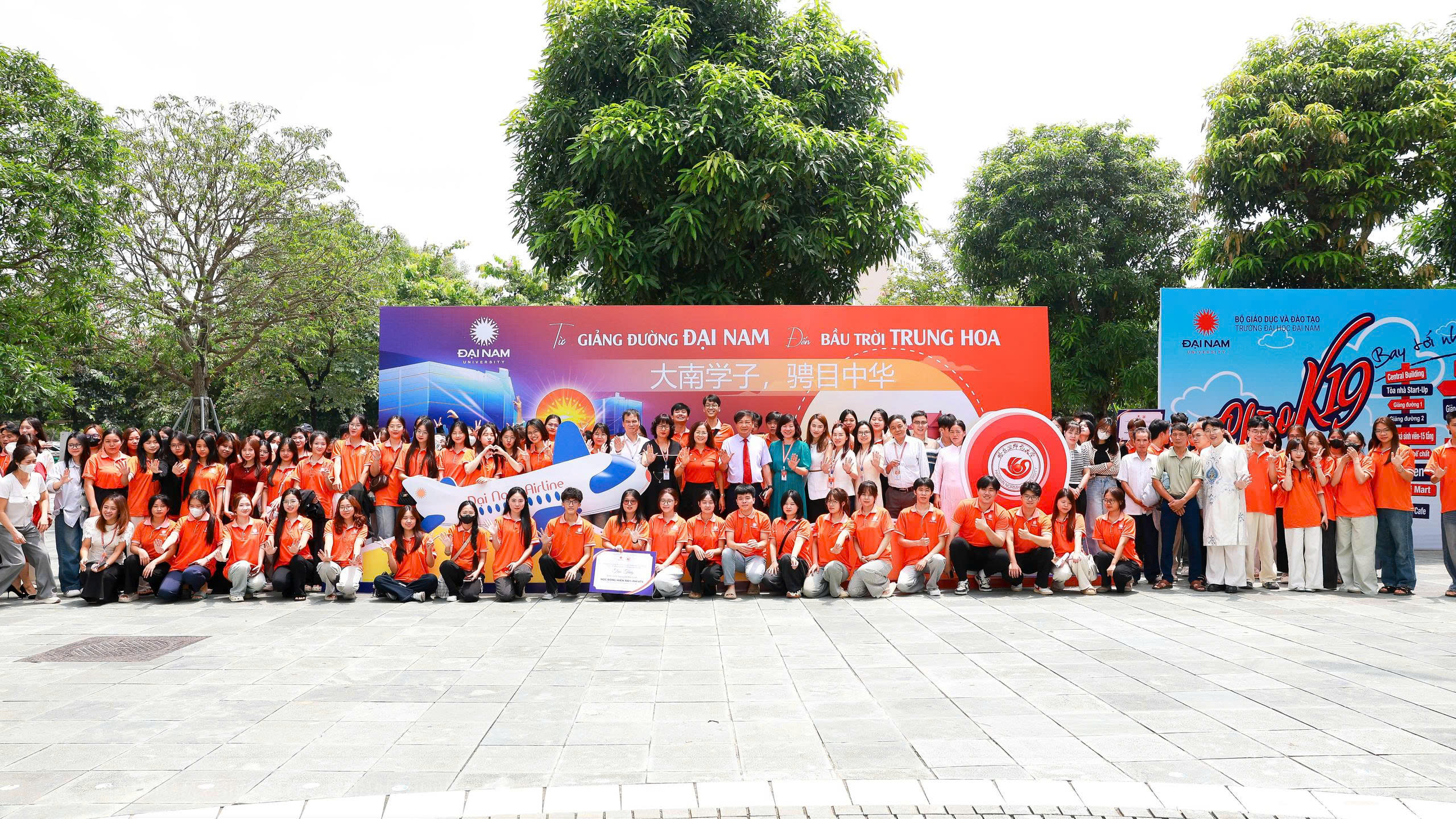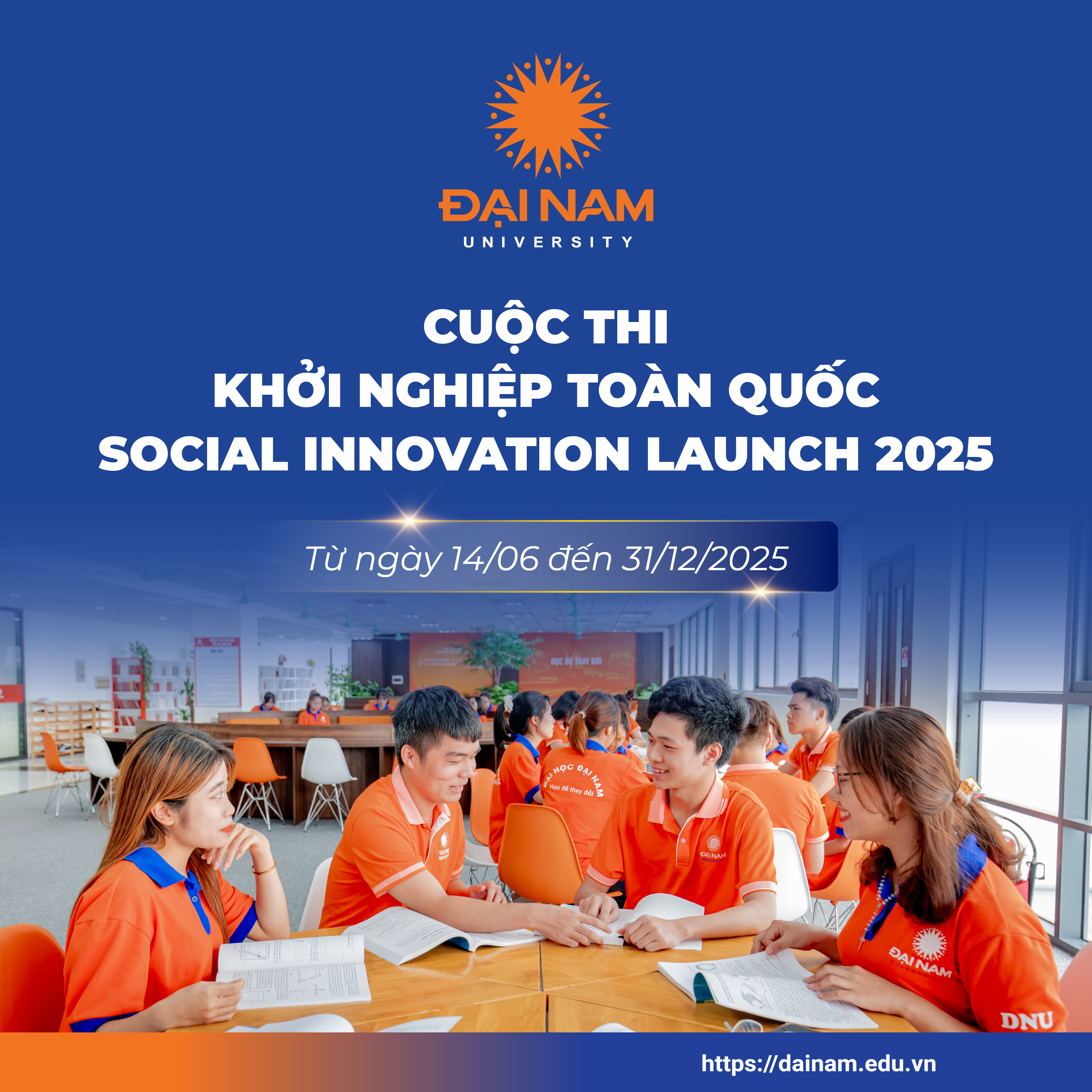The New Public Management model is a phrase used by the OECD group of countries during the implementation of the reform program of the 1970s. The idea was proposed by British Prime Minister Margaret Thatcher and US President Ronald Reagan. The New Public Management model continued to be supplemented and developed in the following decades.
Vietnam is building a socialist-oriented market economy and reforming state administration. It is necessary to study the new public management model in developed countries such as the UK, Australia, the US and some countries in the Organization for Economic Cooperation and Development (OECD), through which lessons can be drawn to contribute to promoting administrative reform in an effective and efficient manner.
The Resolution of the 13th National Party Congress clearly pointed out the orientation for national development in the period of 2021 - 2030, one of which is:
“Build and perfect a clean, strong, streamlined, effective and efficient socialist rule-of-law state, serving the people and the development of the country. Enhance publicity, transparency, accountability; control power in conjunction with tightening discipline in the activities of the State and of cadres, civil servants and public employees. Continue to promote the fight against corruption, waste, bureaucracy, crime and social evils”.
1. Basic characteristics of New Public Management
1.1. The ultimate goal of management is output and performance.
1.2. New public management promotes fair competition in the provision of public services.
1.3. New public management implements management on the basis of decentralization, minimizing intermediate management levels, and enhancing teamwork. The general principle is that a task that a level can manage and perform better should be assigned to that level to manage.
1.4. Every civil servant and manager in the New Public Management model must also work according to the purpose of this model which is to ensure good results and high implementation efficiency.
2. Main content of New Public Management
2.1. Socialization of public services and corporatization of public service units.
2.2. Management based on output and performance (result – oriented and performance based).
2.3. Granting autonomy to public service providers (autonomization).
2.4. Cut costs and streamline the state management apparatus.
2.5. Decentralization
3. Applying New Public Management
3.1. The current administrative, bureaucratic, and tightly controlled management of inputs has caused many difficulties for grassroots units, eliminating creativity and accountability. At the same time, this management method can easily lead to corruption, embezzlement, and fraud (such as legalizing documents and invoices). The new public management model implements management based on outputs and performance instead of process-based management, which will give autonomy and self-responsibility to grassroots units.
3.2. In the reform process, it is necessary to promote vertical decentralization, deregulation, and eliminate unnecessary administrative barriers.
3.3. Implement the socialization of public services, including privatization and corporatization of public service units.
3.4. Create a healthy, fair and transparent competitive environment. Eliminate the “ask and give” mechanism.
3.5. Reform public finance towards targeted program-based allocations based on the results and performance of the previous year, combined with a monitoring mechanism to ensure transparency in spending.
After years of reform, although our country has achieved certain results, the administrative system still reveals many weaknesses and inadequacies.
From the meaning and results of the new public management model in the world associated with the current administrative reform contents in our country and some shortcomings and weaknesses existing in the Vietnamese state administration, the study of the new public management model is an objective need, with profound theoretical and practical significance.
Dr. Vu Truong Son - Graduate Training Institute








